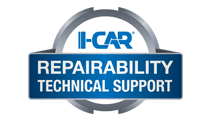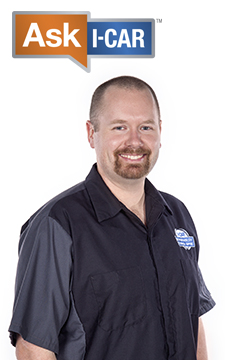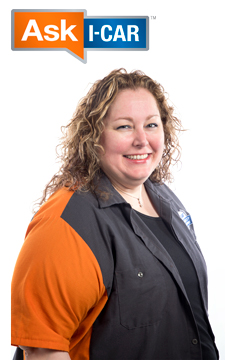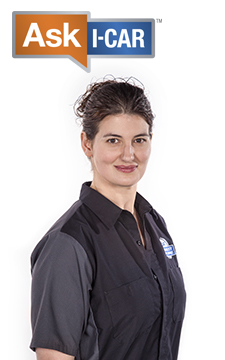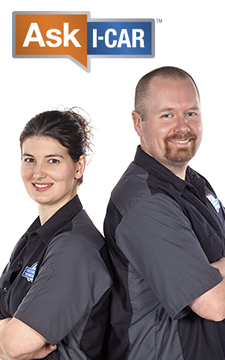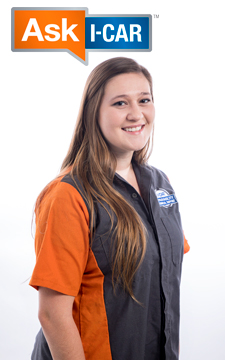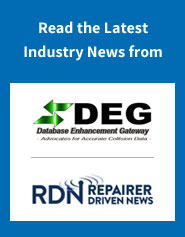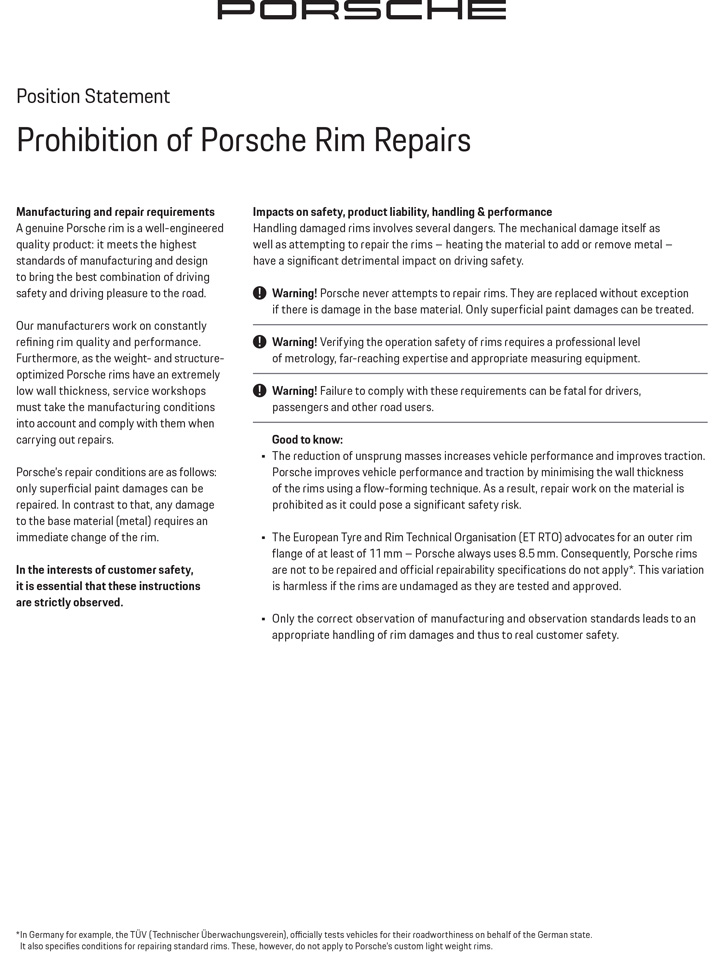
Porsche Position Statement: Prohibition of Porsche Rim Repairs
- Posted on 18 September 2024
Porsche has released a position statement pertaining to wheel repairs.

Rolls-Royce Glass Replacement Requirements
- Posted on 12 September 2024
The role of the windshield is a lot more complex than simply allowing a view of the road ahead. It is considered a structural part of the vehicle as it contributes to the strength of the roof and A-pillars. The windshield helps to manage collision energy and has become an integral part of several advanced safety systems.
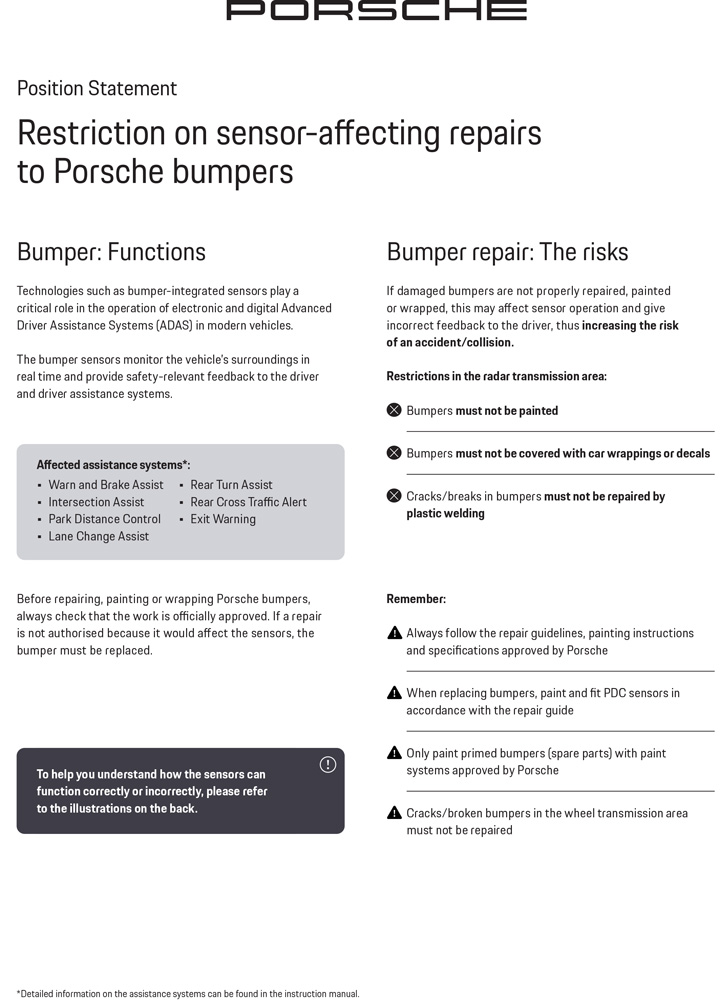
Bumper Cover Repair With ADAS: Porsche - UPDATE
- Posted on 10 September 2024
A simple bumper repair on a modern vehicle may not be as simple as it seems. New technologies like blind spot monitoring, adaptive cruise control, and other advanced driver assistance systems (ADAS) utilize sensors behind the bumper covers. The ability for these sensors to be able to see clearly, normally requires special caution when considering a bumper repair. Many OEMs have different levels of warnings when it comes to repairing bumper covers with ADAS. So, what does Porsche say on the subject?
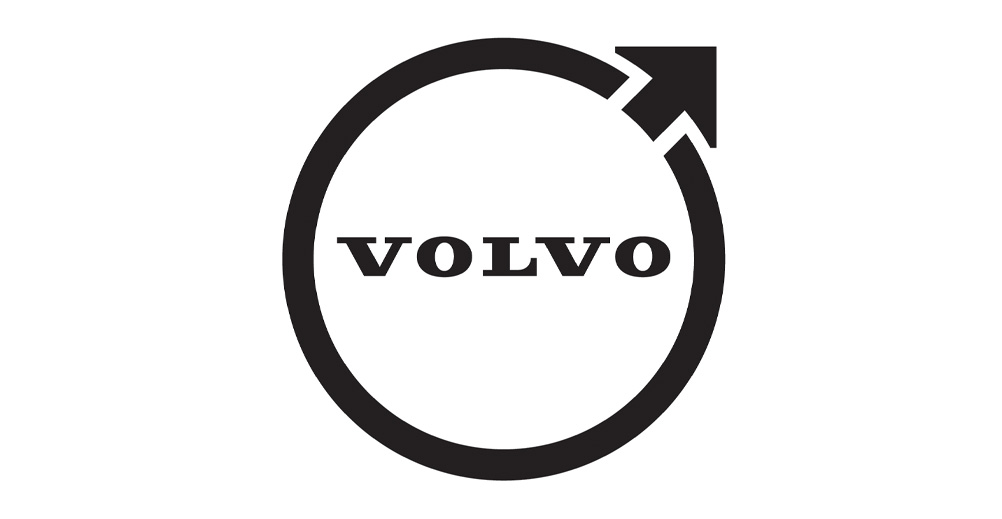
One-Time-Use Parts And Fasteners: Volvo
- Posted on 06 September 2024
What is a one-time-use part, and how do you determine if a fastener, clip, or part can be reused? These are questions that we are confronted with in the collision industry quite a lot. The other big question is "Where do I find this information?"
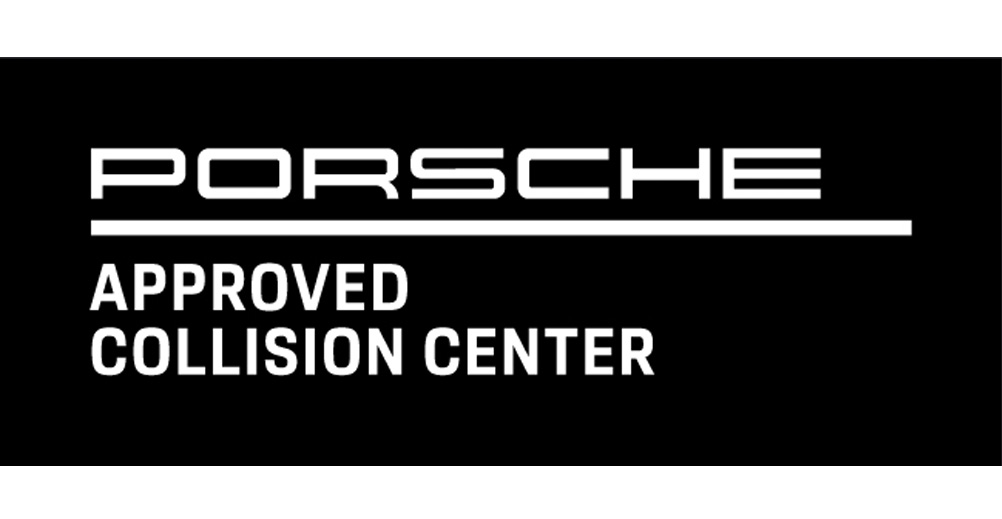
Porsche Collision Position Statements Available
- Posted on 05 September 2024
Porsche position statements can now be accessed directly from the I-CAR Repairability Technical Support (RTS) Portal.
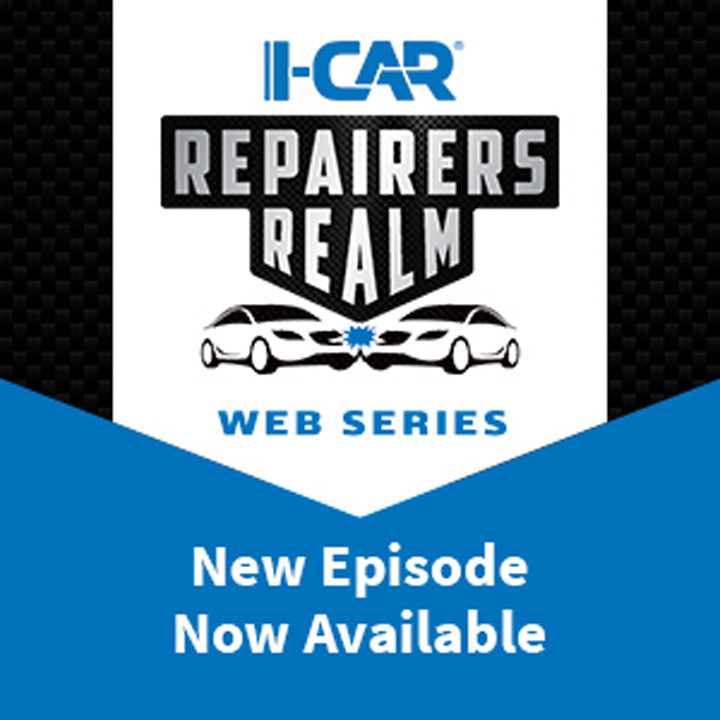
I-CAR Repairers Realm: Air Conditioning Repair Considerations - Now Available
- Posted on 30 August 2024
I-CAR had a discussion on air conditioning repair considerations.
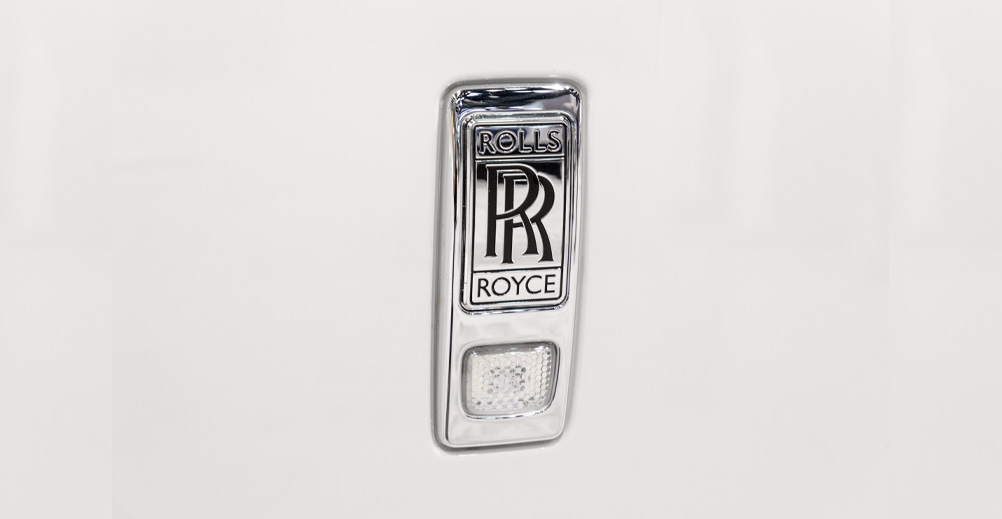
Body Construction And Material Repair Guidelines: Rolls-Royce
- Posted on 28 August 2024
What is the MPa of the front lower rail? What is the outer uniside made of: steel, aluminum, or composite? Can heat be used to straighten or is it cold straightening only? What are the repair limitations? These are just some of the questions that the RTS team fields on a daily basis.
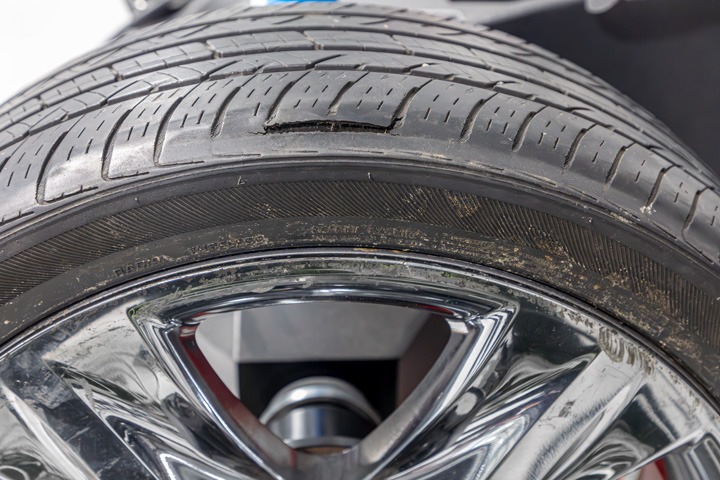
Back-To-Basics: Tire Damage
- Posted on 27 August 2024
Sometimes, going back to the basics can make the difference between a quality repair and a failed repair. When performing damage analysis, do not overlook tire damage.

Honda Blind Spot Indicator (BSI) Dummy Sensor
- Posted on 23 August 2024
We’ve had technical inquiries that asked about Honda vehicles being equipped with dummy blind spot sensors.
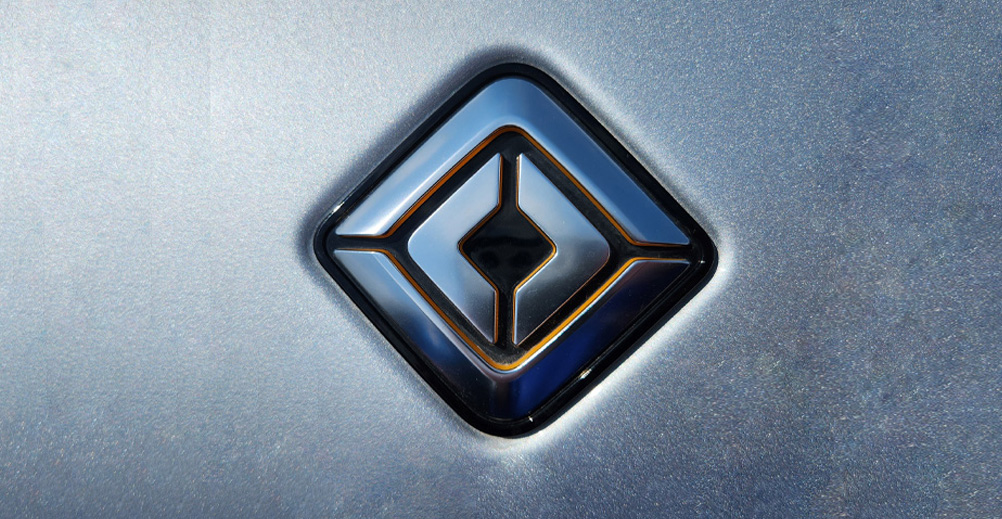
Locating OEM-Approved HV Tools: Rivian
- Posted on 21 August 2024
When researching procedures for disabling a high-voltage (HV) vehicle, you may notice that many of the procedures require the use of specific tools. Some of them are OEM-specific tools or scan tools. Often identifying and locating where to purchase these specific tools can be difficult.
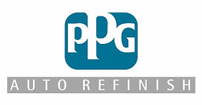
Paint Maker ADAS Radar Optimized Color Resources: PPG
- Posted on 20 August 2024
Changes in advanced driver assistance systems (ADAS) radar technology are introducing new refinishing considerations. We know that paint film thickness can affect the performance of ADAS radars, but color formula selection may also be a contributing factor. What resources do repairers have available? Let’s see what PPG has to offer.
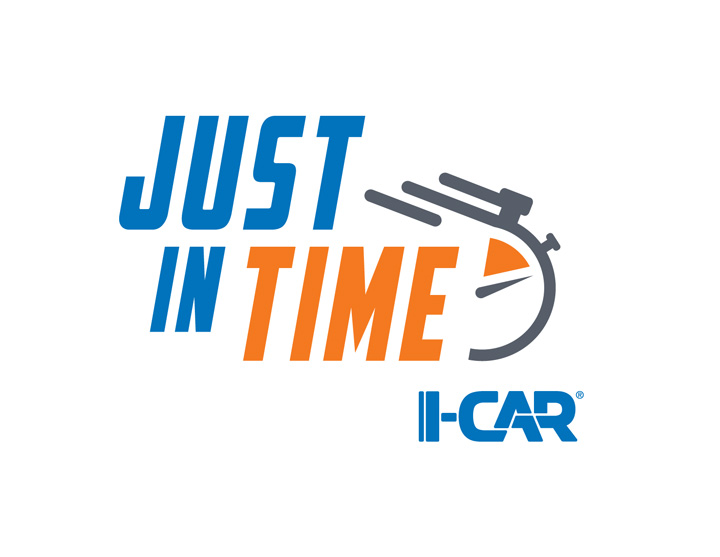
I-CAR Just In Time: Using A Scuff Wheel To Remove Plastic Fuzz
- Posted on 15 August 2024
Sometimes seeing is understanding, that’s why I-CAR's technical team created the Just in Time video series to guide you through a variety of collision repair topics from ADAS and EVs to repair tips and tricks. These videos enable you to, in less than 5 minutes, learn something new. Let’s check out what the team has for using a scuff wheel to remove plastic fuzz.
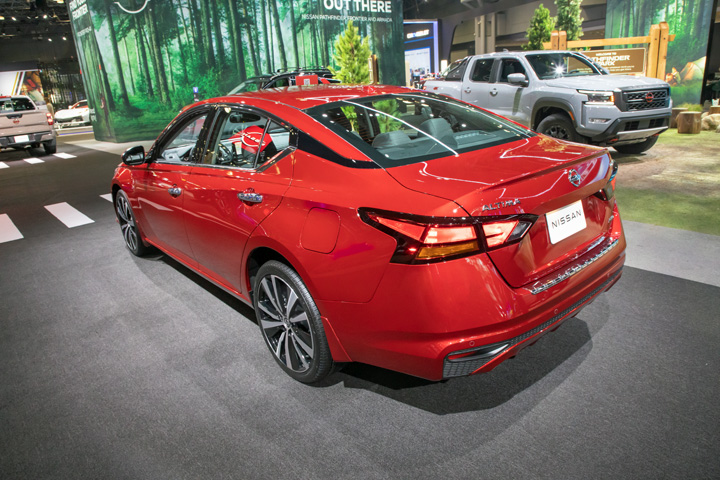
Nissan Altima Laser-Welded Roof Replacement
- Posted on 14 August 2024
How do I replace a factory laser-welded roof on a Nissan Altima is a common question. Nissan released a procedure that explains their process, let’s take a look.

I-CAR Just In Time: Protecting UHSS Panels When Removing Spot Welds
- Posted on 09 August 2024
Sometimes seeing is understanding, that’s why I-CAR's technical team created the Just in Time video series to guide you through a variety of collision repair topics from ADAS and EVs to repair tips and tricks. These videos enable you to, in less than 5 minutes, learn something new. Let’s check out what the team has for protecting ultra-high-strength steel (UHSS) panels when removing spot welds.
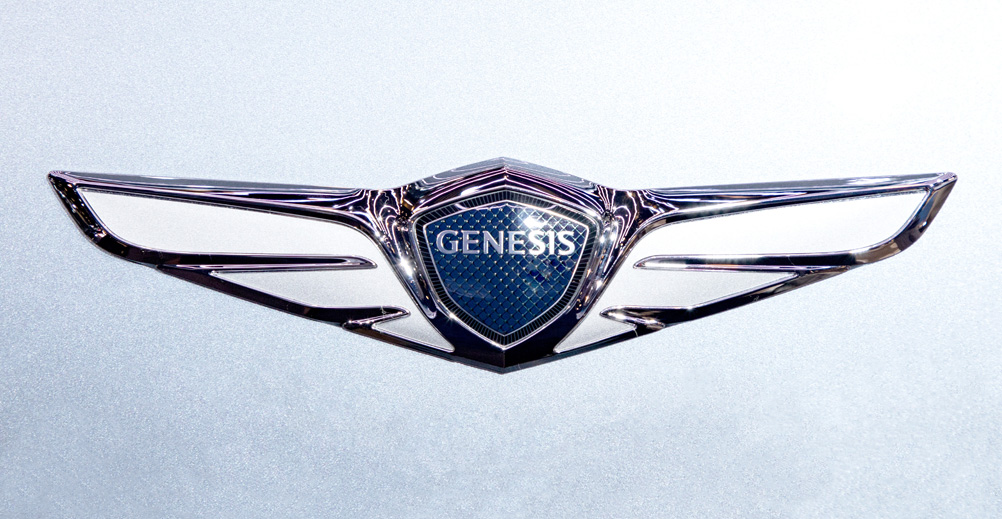
OEM ADAS Radar Optimized Color Resources: Genesis
- Posted on 08 August 2024
Changes in advanced driver assistance systems (ADAS) radar technology are introducing new refinishing considerations. We know that paint film thickness can affect the performance of ADAS radars, but color formula selection may also be a contributing factor. What resources do repairers have available? Let’s see what Genesis has to say.
-
Toyota/Lexus/Scion Position Statement: Pre- and Post-Repair System Scanning
Thursday, 28 July 2016
As the industry continues to ask if pre- and post-repair system scanning is necessary, Toyota/Lexus/Scion provides their answer.
-
Pre- and Post-Repair System Scanning Statements
Wednesday, 9 January 2019
Are you wondering if a particular OEM or organization has a published statement on pre-repair and post-repair scanning? We have compiled a list of most of the statements on the subject, so you can...
-
ADAS, Calibration, And Scanning Article Hotspot
Monday, 14 January 2019
Since advanced driver assistance systems (ADAS), scanning, and calibration first started becoming relevant, members of the collision repair industry have required as much knowledge as possible on...
-
Honda/Acura Position Statement: Pre- and Post-Repair System Scanning - UPDATE
Wednesday, 22 May 2019
Honda /Acura has updated their position statement on pre- and post-repair scanning to give more clarification on what is expected for scanning.
-
BMW Position Statement: Pre- and Post-Repair System Scanning - UPDATE
Friday, 10 April 2020
BMW has released a position statement related to pre- and post-repair system scanning. The statement applies to All vehicles equipped with on board diagnostics II (OBD II).
-
Quickly Identifying Outer Quarter Panels w/Rolled Hem Flanges
Monday, 5 March 2018
The I-CAR best practice article, Recycled Outer Quarter Panels w/Rolled Hem Flanges has gotten a lot of interest from the collision repair industry. It’s important to know which vehicles are...
-
General Motors Position Statement: Pre- and Post-Repair System Scanning
Friday, 21 October 2016
As the industry continues to ask, are pre- and post-repair scans necessary, General Motors provides their answer.
-
Restraints Wiring Repairs
Monday, 23 May 2016
Over the past few months, we've been sharing OEM position statements on restraints wiring repairs. Now we're bringing them all together in one place for easy reference.
-
FCA/Stellantis Position Statement: Pre- and Post-Repair System Scanning
Thursday, 9 June 2016
FCA/Stellantis has released a position statement related to pre- and post-repair system scanning.
-
Typical Calibration Requirements For Forward Radar Sensors
Wednesday, 12 October 2016
Technicians should be aware of what’s required to keep advanced driver assistance systems (ADAS) running safely after a collision. Whether that be aiming a camera, which can cause a system to not...
-
I-CAR Audi Collision Repair And Electromechanical Repair Overview Courses
Tuesday, 25 November 2025
I-CAR has developed courses that provide an overview of collision repair and electromechanical repair for current Audi vehicles.
-
SEMA 2025: Ford/Lincoln Presentations
Monday, 24 November 2025
I-CAR had numerous presentations at the 2025 SEMA show. Ford/Lincoln delivered two presentations.
-
Honda/Acura Rear View And 360 View Cameras - UPDATE
Friday, 21 November 2025
While searching for information on advanced driver assistance systems (ADAS) on an OEM repair information site, you may come across unique calibration procedures or events. These events can vary by...
-
Ford/Lincoln Position Statement: OEM Structural Fasteners and Adhesives - UPDATE
Thursday, 20 November 2025
Ford/Lincoln has released a position statement about the Use Of OEM Structural Fasteners And Adhesives.
-
SEMA 2025: FCA/Stellantis Advanced Service Updates 2025
Wednesday, 19 November 2025
I-CAR had numerous presentations at the 2025 SEMA show. One of these presentations focuses on FCA/Stellantis repair information.
-
I-CAR Repairers Realm - New In 2026: Mixed Attachment Methods And Steel Sectioning Recertification - Coming Soon
Friday, 14 November 2025
I-CAR is having a discussion on the new Mixed Attachment Methods course launching in 2026.
-
I-CAR FCA Dodge Charger LB Course
Thursday, 13 November 2025
I-CAR has developed a course that provides insight into repairing a Dodge Charger LB.
-
Day Four: I-CAR Live From The 2025 SEMA Show
Monday, 10 November 2025
Day four of the numerous I-CAR and SCRS interviews and presentations at the 2025 SEMA Show.
-
Day Three: I-CAR Live From The 2025 SEMA Show
Friday, 7 November 2025
Day three of the numerous I-CAR and SCRS interviews and presentations at the 2025 SEMA Show.
-
Day Two: I-CAR Live From The 2025 SEMA Show
Thursday, 6 November 2025
Day two of the numerous I-CAR and SCRS interviews and presentations at the 2025 SEMA Show.
- 2025
- November 2025 (12)
- October 2025 (13)
- September 2025 (11)
- August 2025 (12)
- July 2025 (11)
- June 2025 (11)
- May 2025 (11)
- April 2025 (13)
- March 2025 (12)
- February 2025 (11)
- January 2025 (12)
- 2024
- December 2024 (8)
- November 2024 (10)
- October 2024 (13)
- September 2024 (10)
- August 2024 (12)
- July 2024 (11)
- June 2024 (9)
- May 2024 (13)
- April 2024 (12)
- March 2024 (12)
- February 2024 (12)
- January 2024 (9)
- 2023
- December 2023 (8)
- November 2023 (12)
- October 2023 (11)
- September 2023 (11)
- August 2023 (12)
- July 2023 (9)
- June 2023 (11)
- May 2023 (12)
- April 2023 (11)
- March 2023 (12)
- February 2023 (10)
- January 2023 (11)
- 2022
- December 2022 (11)
- November 2022 (12)
- October 2022 (11)
- September 2022 (13)
- August 2022 (11)
- July 2022 (10)
- June 2022 (13)
- May 2022 (11)
- April 2022 (12)
- March 2022 (10)
- February 2022 (11)
- January 2022 (13)
- 2021
- December 2021 (13)
- November 2021 (11)
- October 2021 (13)
- September 2021 (14)
- August 2021 (12)
- July 2021 (15)
- June 2021 (17)
- May 2021 (12)
- April 2021 (14)
- March 2021 (20)
- February 2021 (14)
- January 2021 (14)
- 2020
- December 2020 (13)
- November 2020 (17)
- October 2020 (12)
- September 2020 (14)
- August 2020 (11)
- July 2020 (18)
- June 2020 (14)
- May 2020 (14)
- April 2020 (19)
- March 2020 (12)
- February 2020 (13)
- January 2020 (14)
- 2019
- December 2019 (13)
- November 2019 (19)
- October 2019 (25)
- September 2019 (20)
- August 2019 (22)
- July 2019 (23)
- June 2019 (20)
- May 2019 (19)
- April 2019 (20)
- March 2019 (20)
- February 2019 (18)
- January 2019 (17)
- 2018
- December 2018 (18)
- November 2018 (19)
- October 2018 (17)
- September 2018 (16)
- August 2018 (21)
- July 2018 (20)
- June 2018 (21)
- May 2018 (17)
- April 2018 (19)
- March 2018 (21)
- February 2018 (15)
- January 2018 (20)
- 2017
- December 2017 (13)
- November 2017 (15)
- October 2017 (19)
- September 2017 (20)
- August 2017 (19)
- July 2017 (18)
- June 2017 (19)
- May 2017 (19)
- April 2017 (13)
- March 2017 (18)
- February 2017 (10)
- January 2017 (11)
- 2016
- December 2016 (9)
- November 2016 (14)
- October 2016 (21)
- September 2016 (10)
- August 2016 (11)
- July 2016 (8)
- June 2016 (10)
- May 2016 (5)
- April 2016 (11)
- March 2016 (12)
- February 2016 (10)
- January 2016 (8)
- 2015
- December 2015 (9)
- November 2015 (6)
- October 2015 (8)
- September 2015 (7)
- August 2015 (11)
- July 2015 (7)
- June 2015 (5)
- May 2015 (7)
- April 2015 (8)
- March 2015 (8)
- February 2015 (9)
- January 2015 (10)
- 2014
- December 2014 (12)
- November 2014 (7)
- October 2014 (11)
- September 2014 (10)
- August 2014 (9)
- July 2014 (12)
- June 2014 (9)
- May 2014 (12)
- April 2014 (9)
- March 2014 (6)
- February 2014 (1)
- January 2014 (26)
